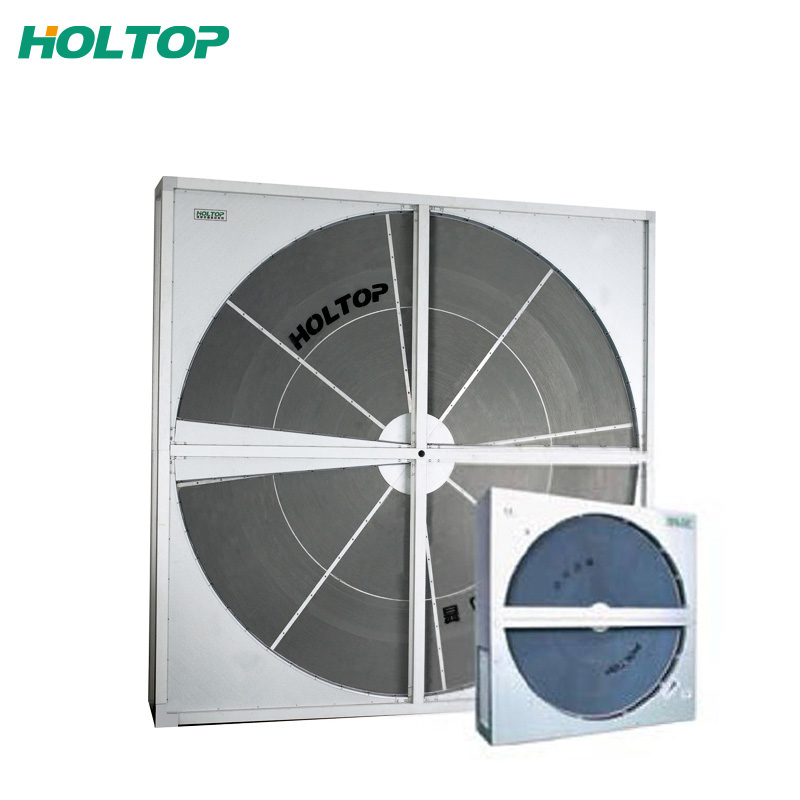Canary Media’s Electrified Life column shares real-world tales, tips and insights to demystify what individuals can do to shift their homes and lives to clean electric power. Canary thanks Lunar Energy for its support of the column.
Heat pumps have been around since the 1850 s, but it’s only recently that they’ve started attracting so much buzz. A Heating & Cooling

Instead of combusting fossil fuels or using resistance to make heat, electric heat pumps move heat from one place to another. That enables them not only to eliminate fossil fuels from home heating, but also to outperform conventional options such as gas boilers or oil furnaces.
“ That’s why everything is all about heat pumps,” said Amruta Khanolkar, incoming associate director focused on market transformation at consultancy TRC .
To get this fossil-free heating and cooling technology into more homes and businesses, the federal Inflation Reduction Act and many state and local utility programs are heavily incentivizing the adoption of heat pumps — with potentially thousands of dollars available per household.
If you’re planning to take advantage of these subsidies and get a heat pump anytime soon, it’s worth familiarizing yourself with some of the basic principles and configurations of the technology first. Let’s dive in.
A heat pump delivers comfort by circulating refrigerant. In the winter, the refrigerant absorbs heat from outside (even in subfreezing temperatures), causing it to boil into a gas. A compressor then squeezes the refrigerant gas, making it hotter, because gases heat up under pressure. This really hot compressed gas flows into a spring-shaped coil. Then a fan blows over this coil, pushing warmed air into a building. The refrigerant cools to a liquid, and after it pours through an expansion valve to chill it even further, it’s ready to absorb more heat from the outdoors once again.
In summer, a heat pump operates in the same way, just in reverse; instead of absorbing heat from outside, the refrigerant collects heat from indoors and dumps it outdoors.
Heat-pump types are divided by their thermal-energy source. If they absorb heat from the ambient air, they’re called “ air-source heat pumps.” If they suck thermal energy from a pond or stream, they’re “ water-source” heat pumps. If they draw heat from the ground or groundwater, you guessed it, they’re “ ground-source” or “ geothermal heat pumps.”
There are also “ absorption” heat pumps that can run on fossil gas, but they’re not effective decarbonization tools.
Heat pumps are categorized not only by what they gather thermal energy from, but also by what they transfer that energy to. A heat pump can gather thermal energy from the outdoor air and then release it into indoor air, making it an air-to-air heat pump. Or it could gather warmth from the air and use it to heat water that circulates through radiators, making it an air-to-water system.
Geothermal systems are less common in the U.S. than air-source heat pumps, which are much simpler to install and cost less upfront, according to Matt Rusteika, director of market transformation at the Building Decarbonization Coalition. But while geothermal heat pumps have a higher price tag, they’re far more energy-efficient than their air-source cousins, so they cost as little as one-third as much to operate over their lifetime. That’s because they take advantage of relatively constant underground temperatures, which don’t typically drop below 40 degrees Fahrenheit — even in the winter.
Here’s how they work: Geothermal heat pumps collect thermal energy from ground loops filled with water that’s mixed with glycol, an antifreeze agent. These pipes can be laid horizontally in trenches (less than 10 feet deep), vertically in boreholes (100 feet deep or more), or in water that’s more than 8 feet deep. The installation costs can make geothermal systems several times more expensive than air-source heat pumps, according to the Department of Energy.
But it’s important to note that the pipes of geothermal heat pumps have an estimated life span of up to 50 years. The longevity of the above-ground heat-exchange equipment is about half that, though, the same as for air-source heat pumps.
Ducted heat pumps are air-source heat pumps that connect to central ductwork — just like a typical central air-conditioning system — and carry hot or cool air all over a home.
A ductless mini-split heat pump doesn’t need ducts. “ Mini-split” refers to being a “ split” heat-pump system. In contrast to single-package heat pumps, split heat pumps have both an outdoor unit that collects thermal energy and a separate indoor unit that delivers it.
With ductless mini-splits, a single outdoor unit can connect to as many as eight indoor units. The refrigerant lines from the outdoor unit flow directly to one or more smaller air-handling units, or heads, rather than to a central ducted air handler. The heads look like long white boxes with vents. Inside, a fan blows across the heated refrigerant to deliver warmed air to a space.
But wait — mini-splits can also be…ducted! Some mini-splits are designed to connect to short lengths of ducts that can deliver conditioned air to a few different rooms. Here’s an example of a home setup with both ducted and ductless mini-splits from the Pacific Northwest National Laboratory.
Heat pumps are sophisticated heating, ventilation and air conditioning (HVAC ) systems, for which “ the level of complication never ends,” Abigail Daken, Energy Star HVAC product manager, told Canary Media.
This article can help you speak the language of heat pumps, but it won’t help you scope, size and install the system. That’s why you absolutely should consult an experienced HVAC professional — preferably several — to decide what type of heat-pump system would be the best fit for you and your home.
After all, “ heat pumps are like sandwiches,” said Rusteika. “ There’s a million different combinations.”
There’s a new power couple in town. Meet solar and Lunar — the perfect pair to electrify your life. When you have all the clean energy you need (and then some), using it becomes the fun part. So check out everything an electrified life can offer you, and then explore the all-new, all-in-one Lunar System — from its award-winning design to its powerful performance. Design one for yourself; get started here.
Alison F. Takemura is staff writer at Canary Media.
Jeff St. John . 27 September 2023
Eric Wesoff . 26 September 2023
Mike Munsell . 26 September 2023

Hvac Roof Top Unit © 2023 Canary Media — Powered by RMI
